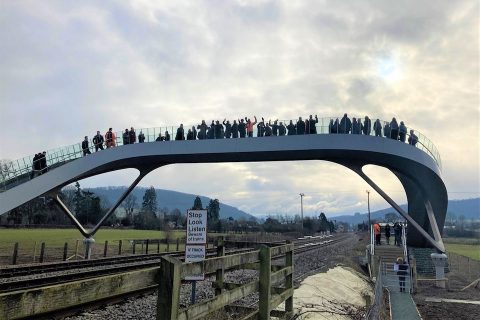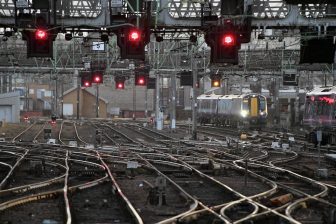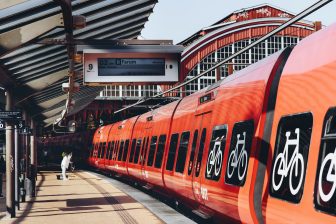
Low-carbon high-tech bridge crosses the tracks
Crowd of people on experimental FLOW footbridge over rail tracks in England Image Network Rail media centre
An innovative ‘first-of-its-kind’ railway footbridge has opened to the public in a rural part of England. The light-weight and low-maintenance structure replaces a dangerous level crossing. Engineers and residents have both welcomed the ground breaking structure, which doesn’t actually break any ground.
Want to read more?
You have read all of your free premium articles for this month. Please become a subscriber to keep reading.
Subscribe now!
Take advantage of our exclusive offer to get full access to all premium content.



